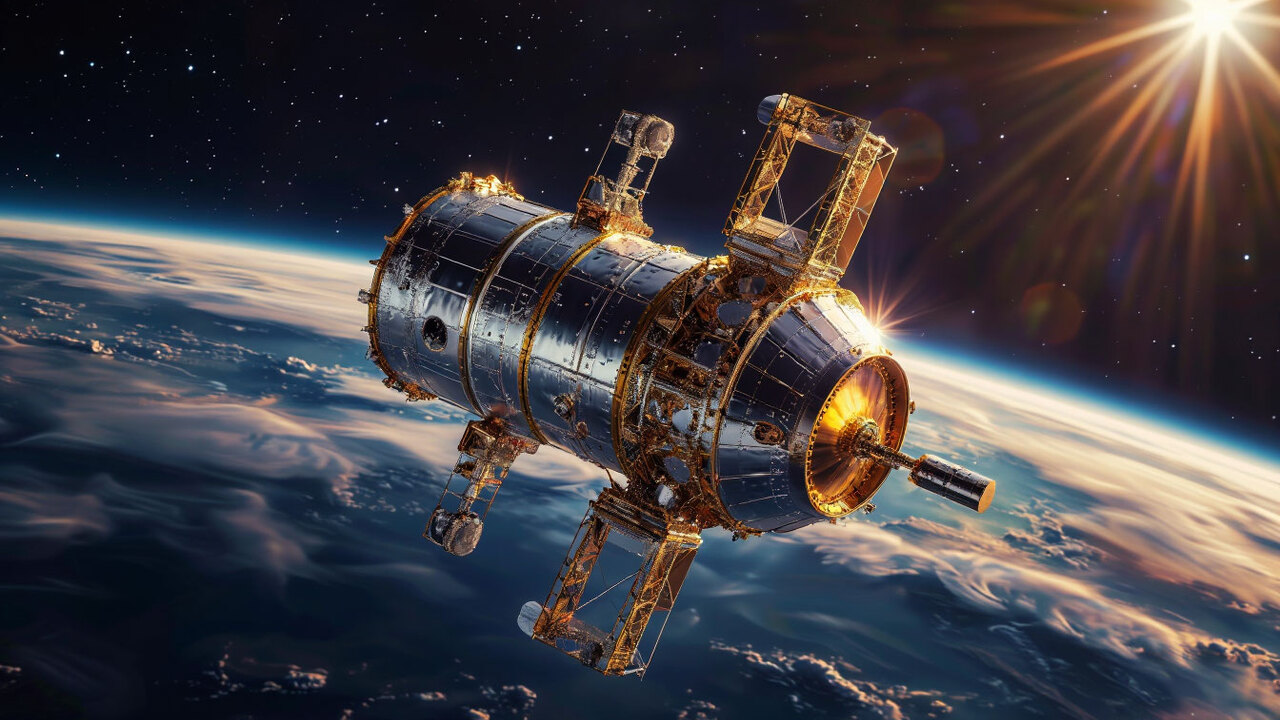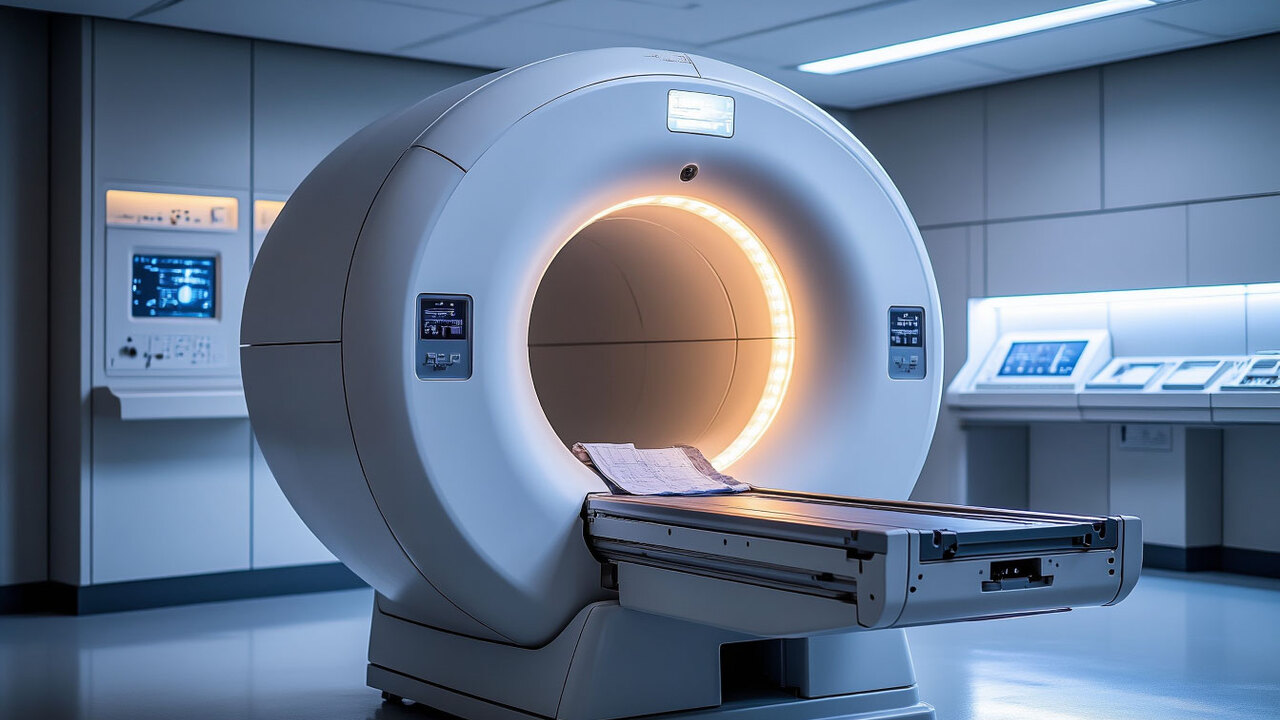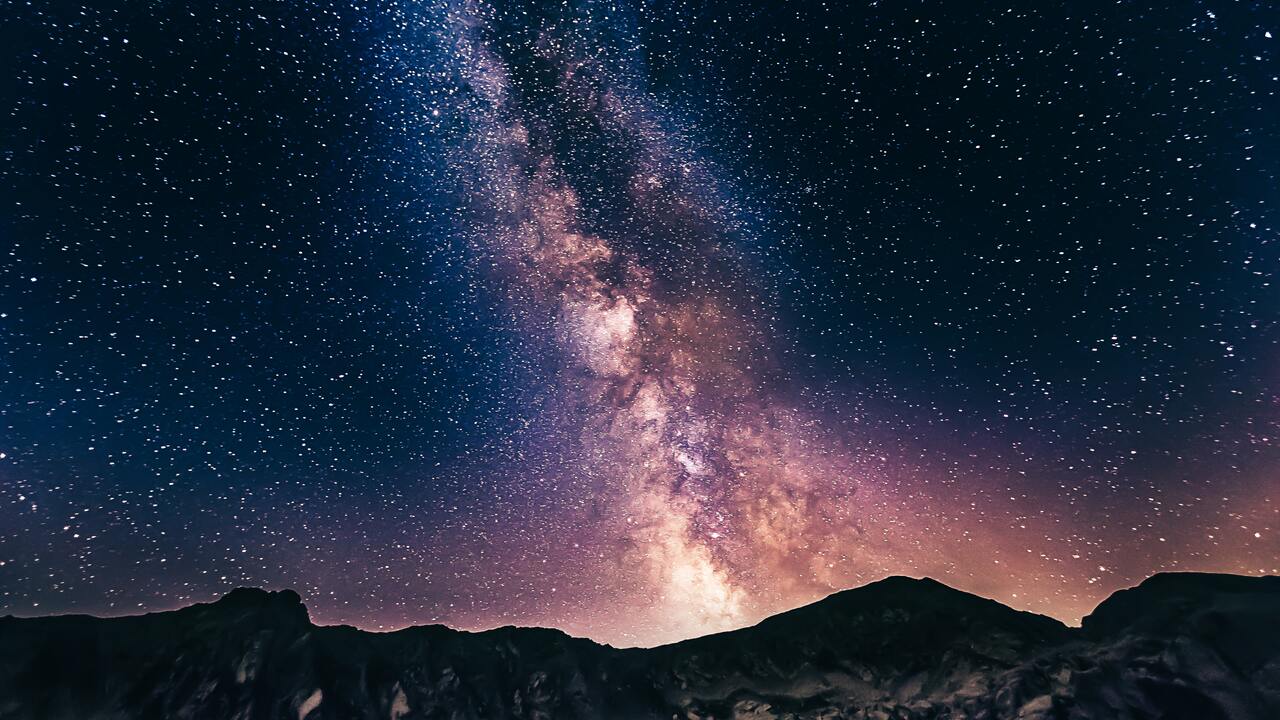The DECaPS2 study, which took two years and produced more than 10 terabytes of data, discovered approximately 3.32 billion objects. The unprecedented collection was captured by the Dark Energy Camera (DECam) on the 4-metre Víctor M. Blanco telescope at the Cerro Tololo Inter-American Observatory (CTIO). The DECaPS2 dataset is available to the entire scientific (and non-scientific) community.
Most of the stars and dust in the Milky Way are found in its disk of spiral arms—a bright band that runs across the entire image. While this abundance of stars and dust creates beautiful images, it also makes it difficult to see the galactic plane. Dark dust fibers piercing the image absorb starlight and completely eclipse fainter stars, while light from nebulae blocks any attempt to measure the brightness of individual objects. Another problem arises from the large number of stars that can overlap in the image, making it difficult to distinguish individual stars from neighboring ones.
Thanks to observations at near-infrared wavelengths, astronomers were able to see beyond most of the light-absorbing dust. The researchers also used an innovative data processing approach that allows them to better predict the background behind each star, helping to mitigate the effects of nebulae and crowded star fields.
Source: Ferra










